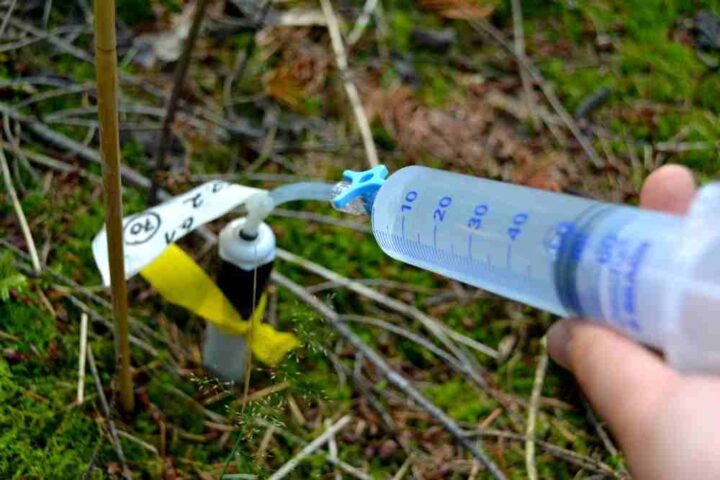Forest fires ravaged 70,000 square kilometers of Amazon rainforest in 2019, releasing dangerous levels of PM2.5 particulate matter into the atmosphere. These microscopic particles, measuring 2.5 micrometers or smaller, penetrate deep into human lung tissue. A research team from the University of Bonn and Universidade Federal de Minas Gerais has quantified how forest protection measures reduce these harmful emissions and save lives.
The team examined municipalities along Brazil’s Amazon biome boundary, where three key protection policies took effect in 2006. “We have thus investigated to what extent forest protection measures affect the health of people living in the corresponding regions,” explains researcher Yannic Damm from the University of Bonn’s Institute for Food and Resource Economics (ILR).
Their analysis revealed a 7% greater reduction in fine particulate matter within protected areas compared to neighboring regions. This improved air quality prevented approximately 680 deaths annually among the 4 million residents living in protected zones. The research appears in Nature Communications Earth & Environment.
The Soy Moratorium emerged as a crucial policy tool. Global trading companies refused to purchase soybeans grown on newly deforested land, directly reducing slash-and-burn clearing by major landowners and landgrabbers. While natural fires rarely occur in the humid Amazon ecosystem, deliberate burning for agricultural expansion releases toxic smoke containing carbon monoxide, nitrogen oxides, and respiratory irritants.
Dr. Nicolas Gerber and Prof. Britaldo Soares-Filho analyzed hospital records and mortality data, tracking respiratory and cardiovascular disease rates before and after protection measures began. The stark difference between protected and unprotected areas revealed immediate health benefits from forest conservation.
More Stories:
Prof. Dr. Jan Börner emphasizes the dual impact: “The destruction of rainforest can be successfully curbed. This benefits species diversity, global climate, and specifically and quickly, local population health.”
Brazilian health records show these particulate emissions trigger acute bronchial inflammation, chronic obstructive pulmonary disease (COPD), and cardiovascular complications. Indigenous communities face heightened risk due to their proximity to burning zones. The World Health Organization links PM2.5 exposure to increased hospital admissions for pneumonia, bronchitis, and heart conditions.
The Amazon’s role as Earth’s largest terrestrial carbon sink amplifies these health impacts. The rainforest typically absorbs 2 billion tons of CO2 annually, but deforestation compromises this vital function. Recent satellite data from Brazil’s National Institute for Space Research shows protected areas maintain 90% more forest cover than unprotected regions.
Brazil’s Forest Code enforcement has expanded since this study period, with increased monitoring through the DETER satellite system. The Amazon Fund now supports 100 conservation projects targeting illegal deforestation. Environmental health researchers continue tracking particulate levels through a network of air quality monitoring stations across the biome.
WWF’s Senior VP Kerry Cesareo connects the dots between ecosystem services and public wellbeing: “Forests deliver critical benefits to people, nature and climate. They are habitat for wildlife, capture and store carbon, and protect our water supply. This report now outlines another compelling reason to safeguard forests: They are indispensable to human health. We can use these findings as a road map for collaboration across the health and environment sectors to help resolve public health issues ranging from emerging infectious diseases to mental well-being.”
The WWF report aligns with Bonn’s findings that reduced particulate matter from forest protection saved 680 lives annually through decreased respiratory and cardiovascular diseases. Both studies quantify forests’ direct impact on human pulmonary health through air purification and PM2.5 reduction.
The research team employed rigorous controls for socioeconomic variables, analyzing health records from 2004-2010 across hundreds of municipalities. Their methodology isolated the specific impact of forest protection policies from other factors affecting public health outcomes.


















